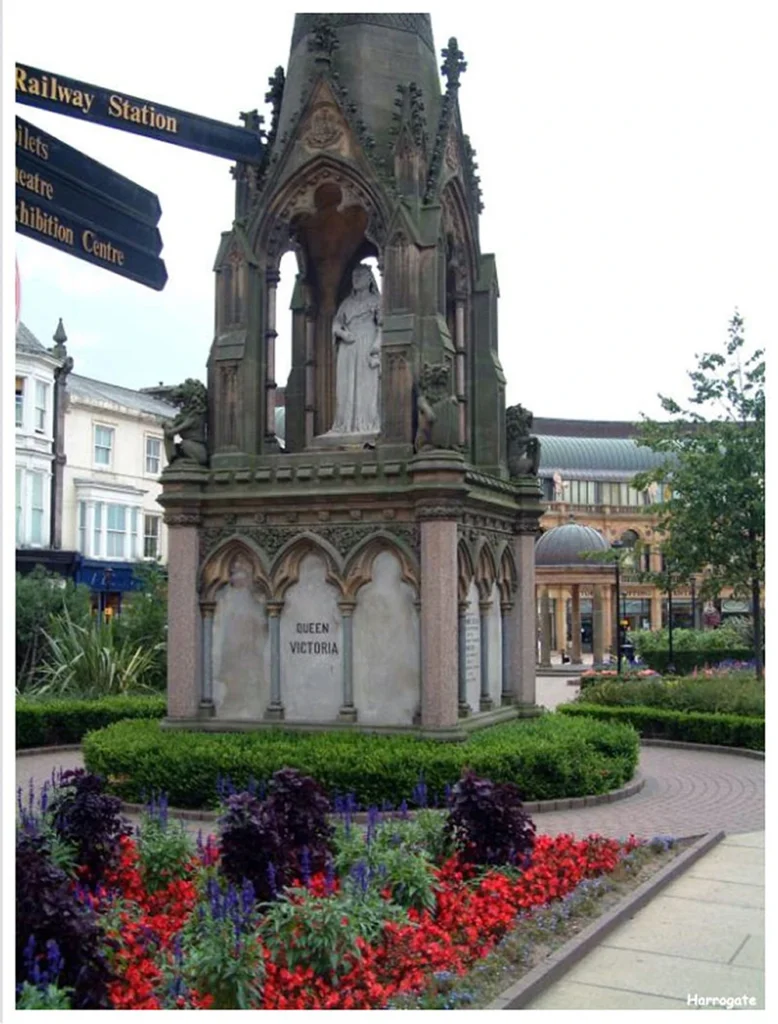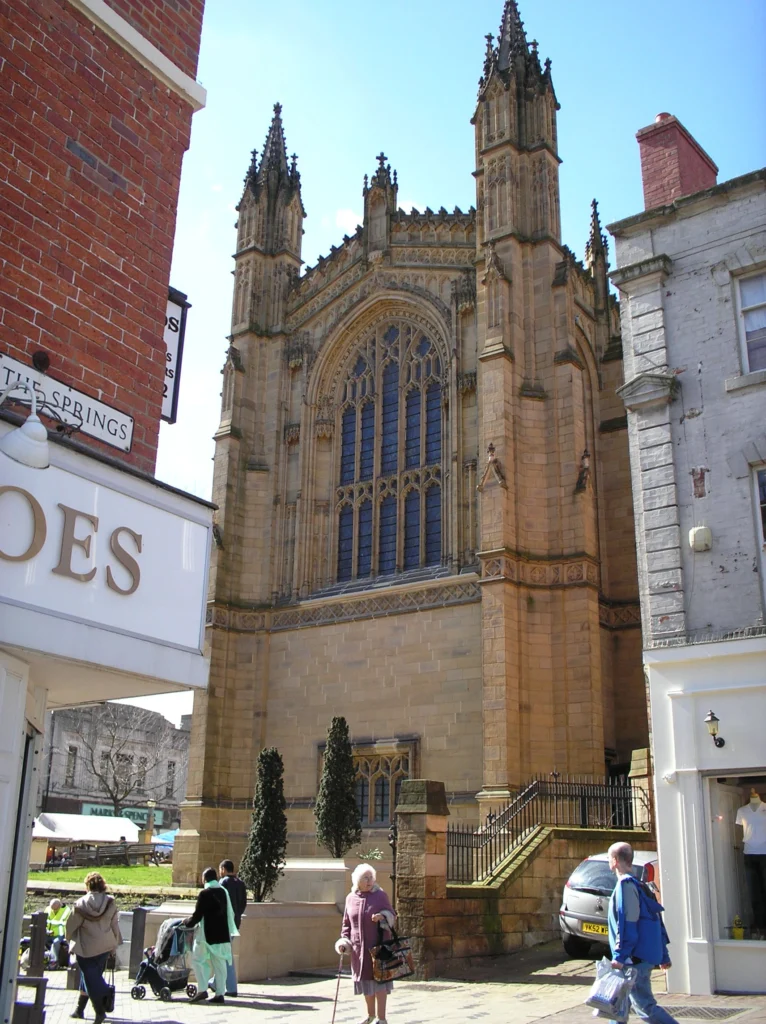Bright and early on Monday the 12th of October 1936, the marchers leaving Ripon behind resumed their southerly journey, next stop Harrogate known widely for its health resort.
After covering the 11 miles, they arrived in Harrogate later that day. Even in Harrogate, the marchers were warmly welcomed. The people of Harrogate had hung a banner that read “Harrogate workers welcome Jarrow crusade,” which lifted the marcher’s spirits, as the reception could have gone differently.

After covering the 11 miles, the marchers arrived in Harrogate later that day. Even in Harrogate, the marchers were warmly welcomed. The people of Harrogate had hung a banner that read “Harrogate workers welcome Jarrow crusade,” which lifted the marcher’s spirits, as the reception could have gone differently.
Ensuring that everything was prepared for their overnight stay, the men were treated to an impressive evening meal and offered comfortable sleeping arrangements. The council and members of the Rotary Club had organized these provisions. Ellen Wilkinson, who had defeated Conservative Member Mr. Pearson in the 1935 elections and was now the town’s Member of Parliament, rejoined the marchers and announced her intention to walk the rest of the journey to London.
Ellen Wilkinson
Later some 30-plus years into the future Ellen Wilkinson would lend her name to Jarrow’s first-ever high-rise tower block of flats/apartments.
On October 13th, the marchers reached Leeds, completing the first 100 miles of their 300-mile journey. Leeds offered the warmest reception of the entire march, given by Mr. William Nicholson, President of the Leeds Conservative Party. Mr. Nicholson, a newspaper proprietor, treated the marchers to a five-course meal in the Town Hall, ensuring even the dog Jarrow was not forgotten. After the meal, Mr. A. Burrill, President of the Leeds Trade and Labour Council, expressed his sympathy for the march and conveyed his best wishes for the success of the men on behalf of the workers of Leeds

Arriving in Wakefield on October 14th, the welcome did not match that of Leeds, but it was still warm and sincere. They were offered tea and given free cinema tickets as a gesture of hospitality. That evening the marchers slept in a disused church adjacent to a graveyard.
Wakefield is situated alongside the River Calder in West Yorkshire. The city has historical significance, as it was near Wakefield where the Duke of York was defeated in the Battle of Wakefield at Sandal Castle.
The Cathedral is a 14th-century parish church. With around 3,000 full-time and 10,000 part-time students, and campuses in the city center and surrounding towns, Wakefield College is the major provider of further education in Wakefield.
The Cathedral, known as All Saints Church, dates back to the 14th century and became the diocese’s cathedral when the Diocese of Wakefield was established in 1888. The present building, constructed mainly during the 14th and 15th centuries, features the Perpendicular style of architecture. Its prominent feature is the 247-foot (75-meter) tall spire, the highest in Yorkshire placing it as the fourth tallest in England.